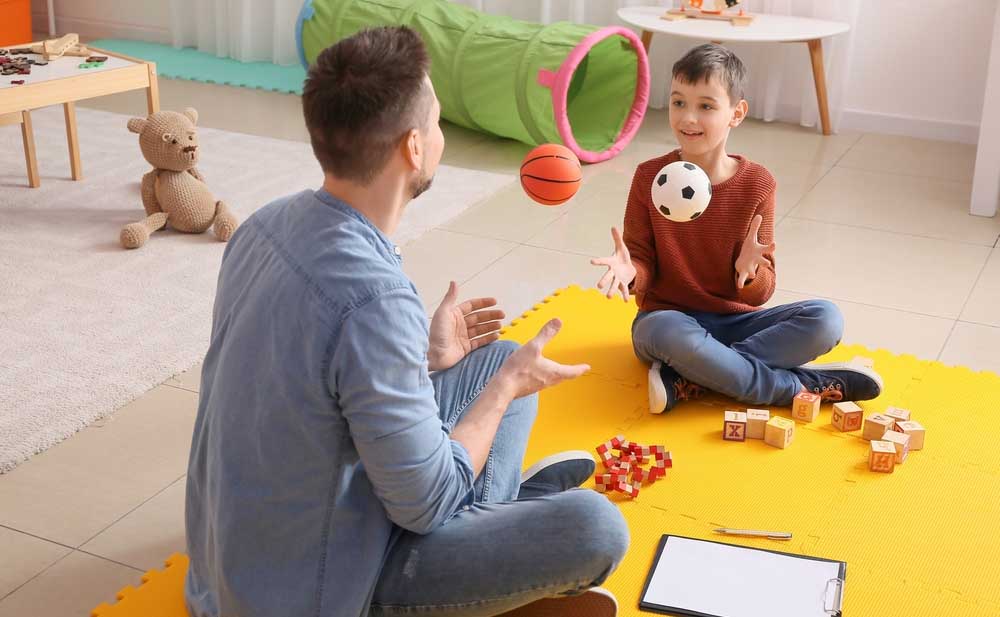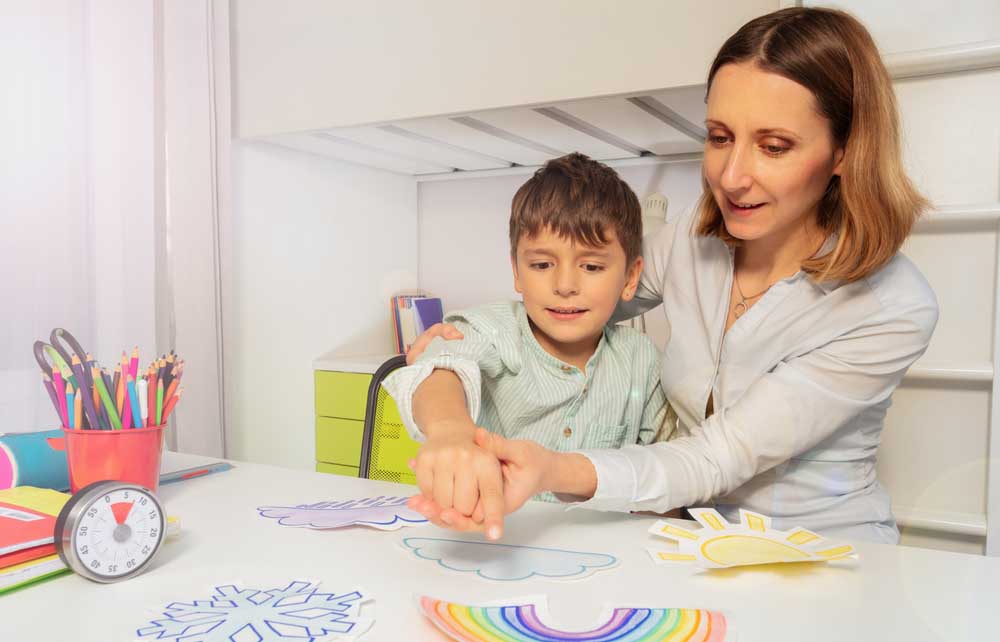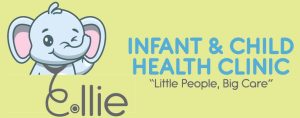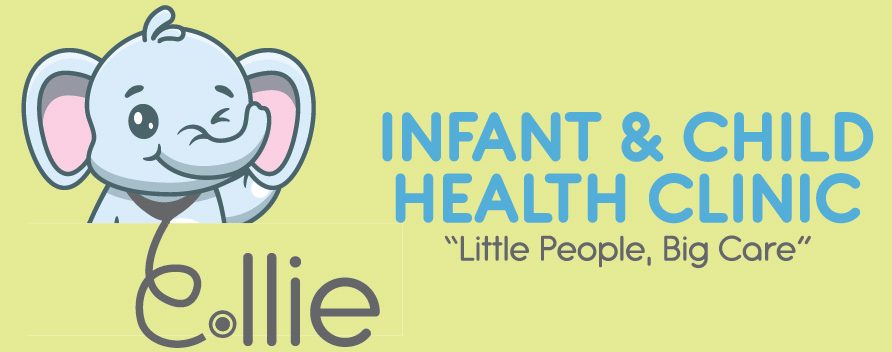Treatment of Autism Spectrum Disorder
Once you receive an autism diagnosis, don’t wait. Research shows that early intervention helps achieve the best possible outcomes for an autistic child. Despite the advances in early diagnosis and intervention, no therapy has been yet proven to completely reverse or cure the core symptoms of autism.
The most effective interventions available are behavioral therapies based on applied behavioral analysis (ABA). Other therapeutic options to try include occupational therapy, speech therapy, physical therapy. Treatment for autism is not a one-size-fits-all approach. A treatment plan should be tailored to a child’s specific strengths and needs. Treatment works to minimize the impact of the core features and associated deficits of ASD and to maximize independence and quality of life.

You will likely hear about a variety of therapies that are not evidence-based, including horseback riding, high-dose vitamins, stem-cell therapy, electromagnetic therapy and even drinking unpasteurized camel milk. These therapies have no evidence behind them and many can be harmful. While it is fine for children with autism to ride horses—just as other children do—these activities will not impact their autism (although they make some children, both with and without autism, very happy). Some but not all activities with animals or music aimed at children with autism offer opportunities to communicate and express feelings and to engage with peers. These activities should be done in conjunction with, not instead of, more evidence-based approaches.
A team of trained healthcare professionals such as developmental paediatrician, child psychiatrist, occupational and behavioral therapist, speech therapist, psychologist, and specialist teacher are part of the team that manages children with autism.

Applied Behavioural Analysis
This type of therapy is most commonly practiced in Europe and North America -multiple studies have shown it to be the most effective therapy. It is not as widely practiced in Kenya due to the intensity required for therapy (an average of 25 hours /week) and the lack of qualified therapists. There are many different types of ABA therapies, and some are available in Kenya such as the Early Start Denver Model (ESDM) which employs principles from ABA.
ABA focuses on the principles that explain how learning takes place- that is, why behaviours occur and why they continue. Positively reinforcing behaviours is one such principle. When a behaviour is followed by a form of reward, it is more likely to continue. Techniques have been developed to build on strengths and skills and reduce behaviours that may cause self-injury or interfere with learning.
When ABA was first developed as an intervention it had a rather rigid, structured approach to it with child and therapist sat a table, usually with a set of picture flashcards. It was adult-led, with the teacher focused on one activity, for example showing pictures of objects, and with the target behaviour of having the child label the object. This was then followed by a reinforcer unrelated to the target behaviour e.g a sweet. Only correct responses would result in positive reinforcement. Occasionally negative reinforcers (such as electroshock therapy) were also used.
Modern day ABA has evolved. It doesn’t follow a highly structured environment. Instead, it allows a more naturalistic, free- flowing approach both in a clinic setting as well as in the context of a child’s daily life and activities at home and school. The activities are child- led largely, with the child selecting their interest (also incorporating a flexible approach, so that the child can change their interest frequently). An example would be a child showing interest in a certain toy, and the instructor prompting the child to label the toy. The reinforcer is natural and directly related to the target response– the child gets the toy in question. In addition, no negative reinforcers are used, and attempts to respond also result in positive reinforcement.
The ESDM employs the above strategies of ABA. It is applied in children below 4 years. It is a play-based therapy and also relies on heavy family or parental involvement, together with the rest of the team, to decide learning objectives. The behaviour selected for intervention are chosen for being socially significant in the child’s life. The parents are also taught how to employ the above strategies at home.
The following is an example of this type of therapy in action:
Billy is a 36-month year old boy with an ASD who is currently imitating phrases and loves playing with cars. His team is currently teaching him to ask and initiate social interactions by asking “what’s that?” and to work on this skill his therapist places one of his favorite red fire trucks in a brown bag prior to the visit. When she arrives she takes out the bag, shakes it, and models the question “what’s that?” Billy imitates “what’s that?” and his therapist excitedly takes out the firetruck while stating “red fire truck!” Billy excitedly takes the red fire truck and drives it down a car track. His therapist follows him to the track, picks up a blue car, and sends it down the track while saying zoom zoom! Billy giggles, picks up the blue car, and drives it down the ramp while saying, “zoom!”. His therapist picks up the red fire truck and blue car, holds them both up to Billy and asks: “Red fire truck or blue car?” Billy responds “red fire truck” and his therapist rewards his response by giving him the red fire truck to play with.
Speech Therapy
Since people with ASDs have deficits in social communication, speech therapy is an important treatment option. Speech therapy helps to improve a person’s communication skills, allowing them to better express his needs or wants. For individuals with ASD, speech therapy is often most effective when speech-language pathologists work with teachers, families, and the child’s peers to promote functional communication in natural settings.
Some individuals with ASD are nonverbal and unable to develop verbal communication skills. The use of gestures, sign language, and picture communication programs are often useful tools to improve their abilities to communicate.
Occupational Therapy
Occupational therapy is often used as a treatment for the sensory integration and motor deficits associated with ASDs. OT can help teach life skills that involve fine-motor movements, such as dressing, using utensils, cutting with scissors, and writing. It works to improve the individual’s quality of life and ability to participate fully in daily activities. Each occupational therapy program is based on individual evaluations and goals. Occupational therapy for young children with ASD often focuses on improving sensory integration and sensorimotor issues. In older children, OT often focuses on improving social behavior, teaching motor skills (like handwriting) and increasing independence.
Physical Therapy
Physical therapy is used to improve gross motor skills and improve sensory integration issues, particularly those involving the individual’s ability to feel and be aware of his body in space. Similar to OT, physical therapy is used to improve the individual’s ability to participate in everyday activities. PT works to teach and improve skills such as walking, sitting, coordination, and balance. Physical therapy is most effective when integrated in an early intervention program.
Resources:





